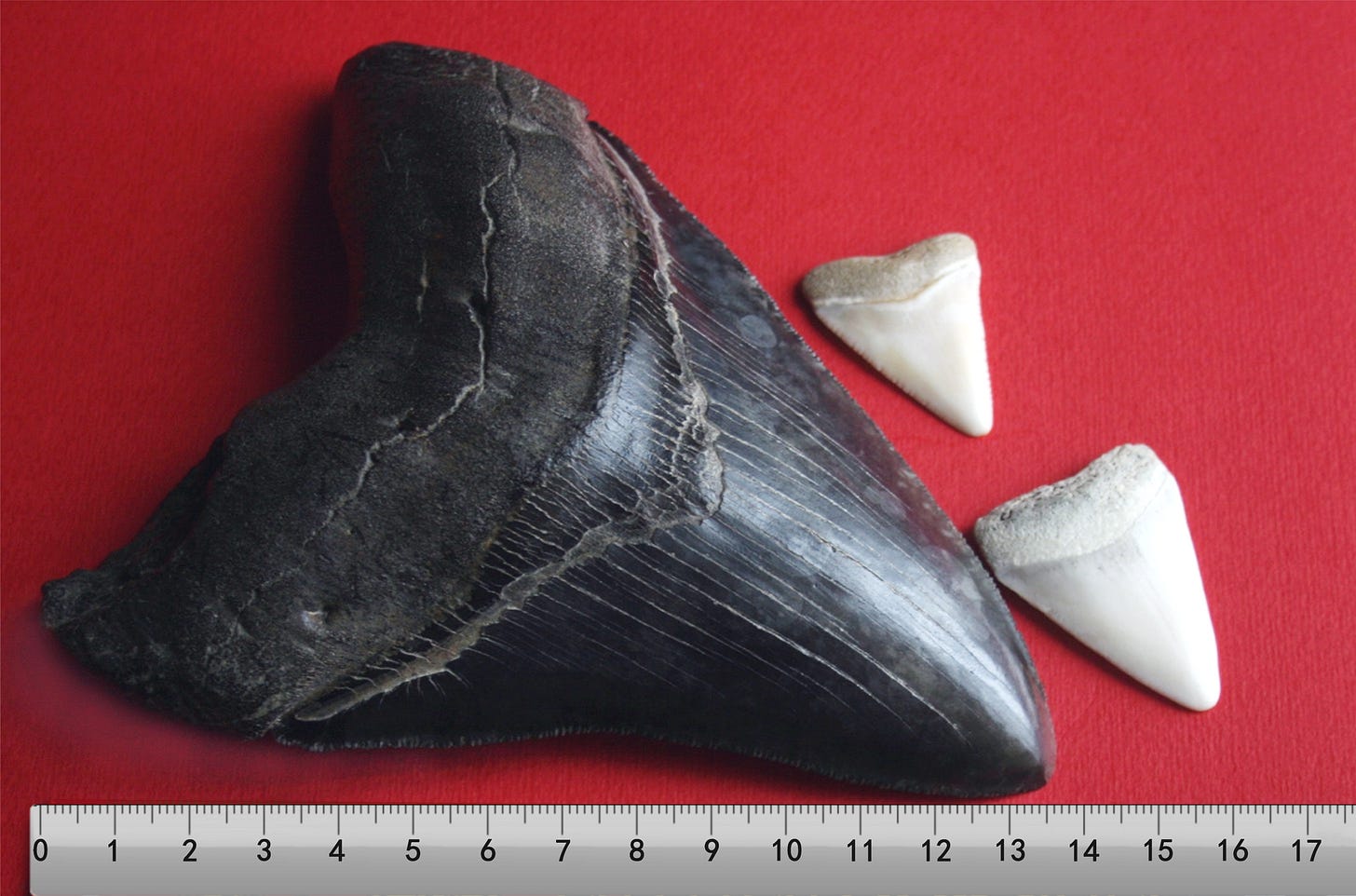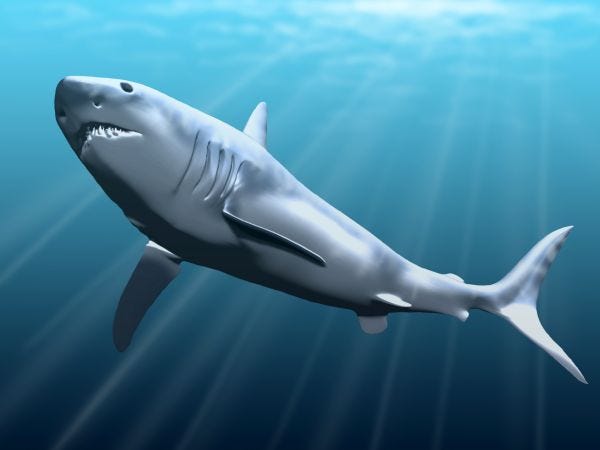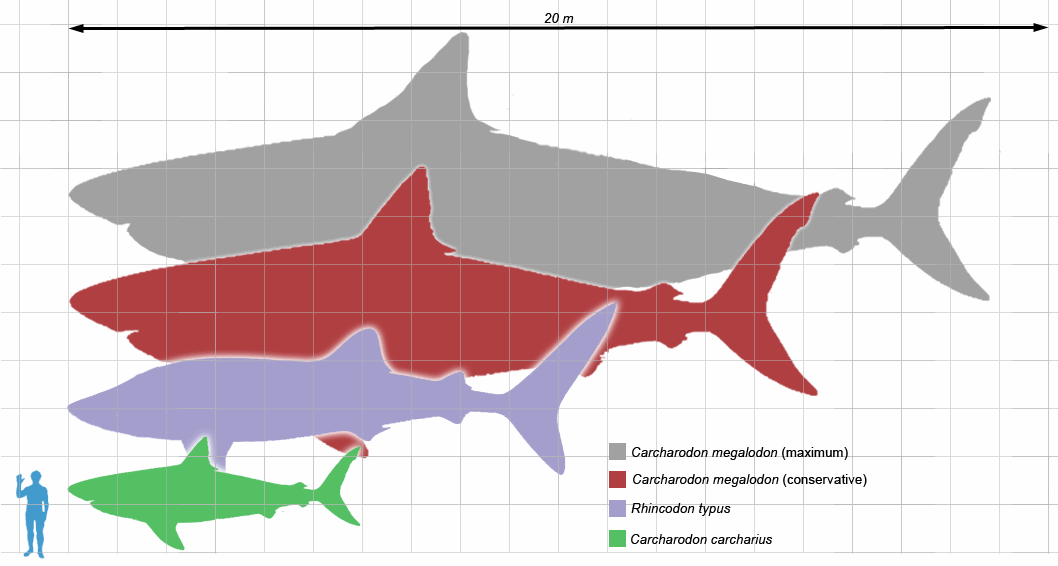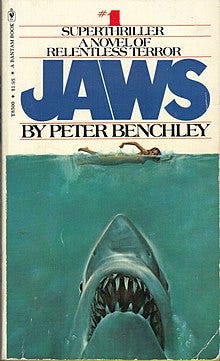Megalodon: The Truth Behind The Fiction
I have a confession to make: I love shark movies. If it exists, there’s a good chance I’ve watched it, no matter how terrible a movie. Yes, all the Jaws movies. Yes, all the Sharknado movies. Yes, everything The Asylum has put out, with its godawful CGI and cardboard actors. And yes, I’ve watched The Meg, so imagine my glee when The Meg 2 was announced last week. Here’s the trailer:
It looks like awesome trash, which is exactly what I want my shark movies to be. No doubt I will be begging to watch it on Friday movie night with my friends as soon as it comes to streaming.
But can a shark that big actually exist? Well… maybe not that big, but megalodon was a real creature from the Early Miocene. And it was one of my favourites even before the movies existed, so I figured I’d lay down some facts about Otodus megalodon, the largest fish to ever exist.
First, let’s get it out of the way: no, megalodon does not still live in the deepest darkest depths of the ocean. It’s definitely extinct and has been since roughly 3.6 million years ago. What we do know about the meg comes from fossil records of teeth (lots of teeth), some vertebrae, and… poop, aka coprolite. It’s a lot of extrapolation, because sharks, being made mostly of cartilage, don’t leave much good fossil evidence.
Speaking of teeth, megalodon literally means ‘large tooth’ and did it ever have them. Like most sharks, megalodon had a sort of conveyor belt of teeth, with new ones slotting into place every time it lost any, which probably happened every two weeks or so. These teeth can measure up to 7 inches diagonally, which is why scientists can confidently say it was probably a really big fish.

To accommodate these teeth, the meg had a mouth estimated to be 3.4 metres wide and almost 3 metres tall. So, yes, the meg could swallow a person (or two people) whole without even chewing. But honestly, we probably wouldn’t be anything more than a snack to your average megalodon, and we definitely don’t have enough blubber to really fill its belly.
Megalodon probably hunted large sea creatures like whales, other sharks, and turtles. In fact, some of our knowledge of the meg comes from the teeth marks—and even bits of the teeth themselves—in fossilized whale bones. It also lived in a majority of the world’s oceans, where it was the apex predator, though it had some competition.
It’s hard to determine exact size when all you really have to go on is teeth, but scientists estimate megalodon could have reached up to 67 feet in length, weighing up to 114 tons. For reference, male African bush elephants—largest of the living elephants—weigh around 11 tons. But other predators from the same time period reached almost the same size, like the macroraptorial sperm whale Livyatan. So while megalodon might have ruled the seas, its kingdom wasn’t all that secure.
There’s evidence that part of megalodon’s downfall may have come from a predator that still exists today: Carcharodon carcharias, aka the great white shark. Originally scientists used the great white as a basis for megalodon, assuming they were related, but more recent information indicates that, though similar, the great white and the meg aren’t genetically related. But their similarities extend to their diets—and the great white is smaller than the meg.
A smaller size means less food needed to stay alive. As the planet cooled towards the end of the Pliocene, prey species began to die off, making it harder for the meg to find enough to eat. Megalodon was also partial to warmer tropical waters itself—a major reason why it’s unlikely to have survived in much colder deep waters—and birthed its pups in shallow coastal waters. As the planet got colder, much of its habitat disappeared.
By the time that ice age ended, megalodon was extinct and other apex predators were taking its spot, including the great white and killer whales.
At least we’ll always have trashy sci-fi movies to keep the meg’s memory alive.
Bonus Round
I have, in fact, read Jaws the book. I did a course in college on classic horror and Jaws was one of our assigned readings, plus watching the original movie. When the professor went around the class afterwards to ask which character we thought was the hero of the book, my answer was: the shark.
Did you know Peter Benchley regretted writing the book and became an ocean activist in his later years? Jaws, both book and film, shaped society’s view of great whites, and not in a good way. After the book became a hit, sport fishermen absolutely decimated the shark population—and saw nothing wrong with it, because weren’t sharks soulless killing machines hunting down anyone who dared dip a toe in the ocean?
Well, no. Sharks are just animals; predators, with lots of sharp teeth, but not vengeful. And they don’t have hands, so they tend to inspect things with their mouths. It’s not their fault we’re soft and squishy (and occasionally look like seals).
How do I reconcile this with my love of shark movies? Mostly by understanding that the movies are fiction, and that real sharks should be protected and left alone. After all, if you go in the ocean, you’re in their house. Be a respectful guest.





